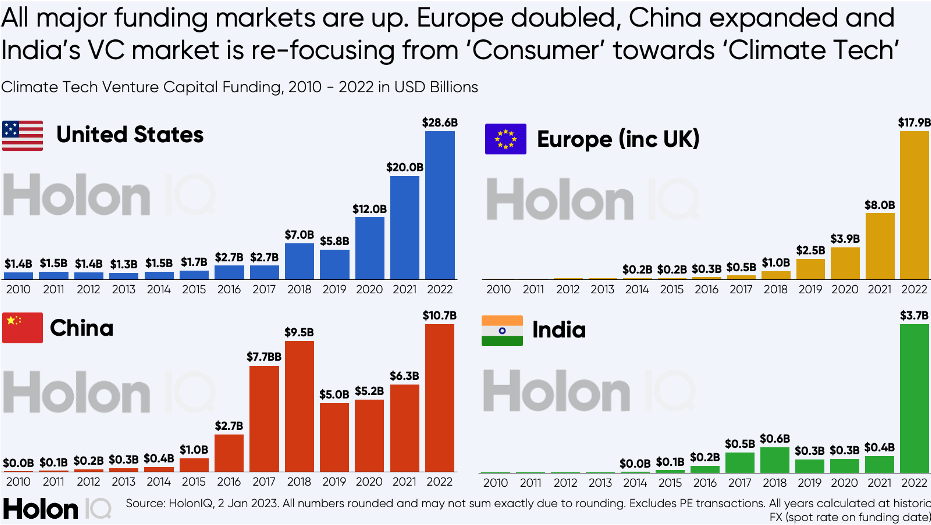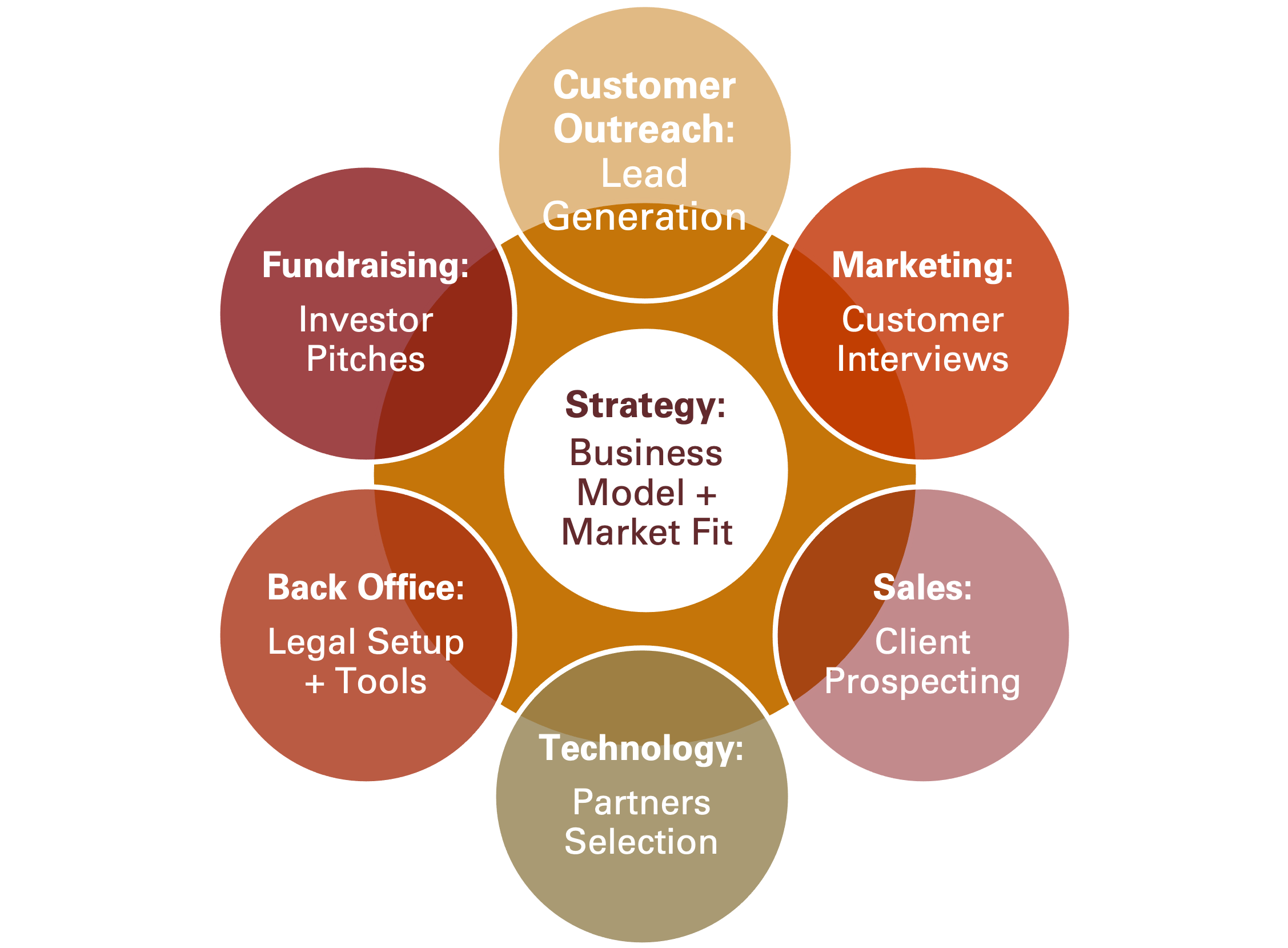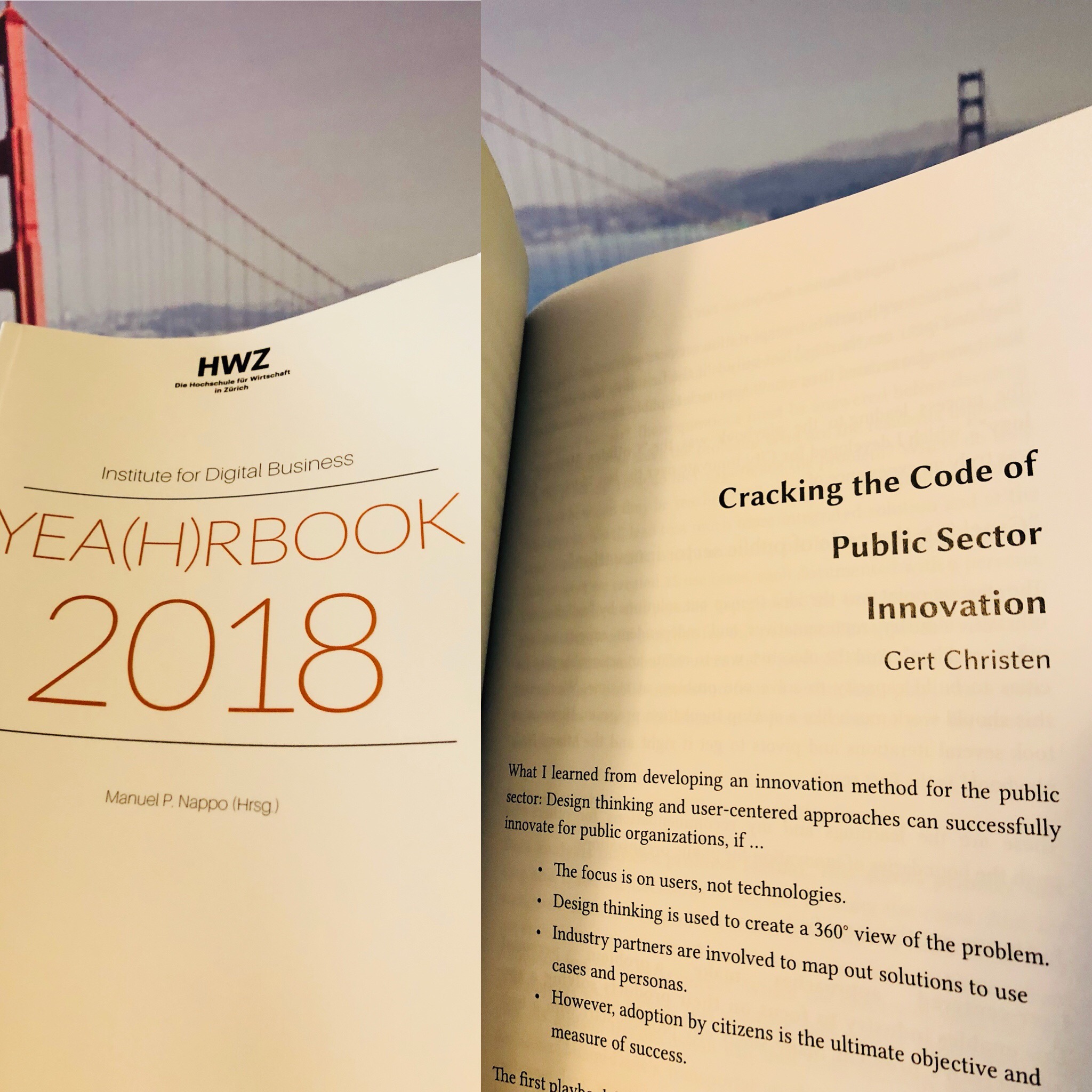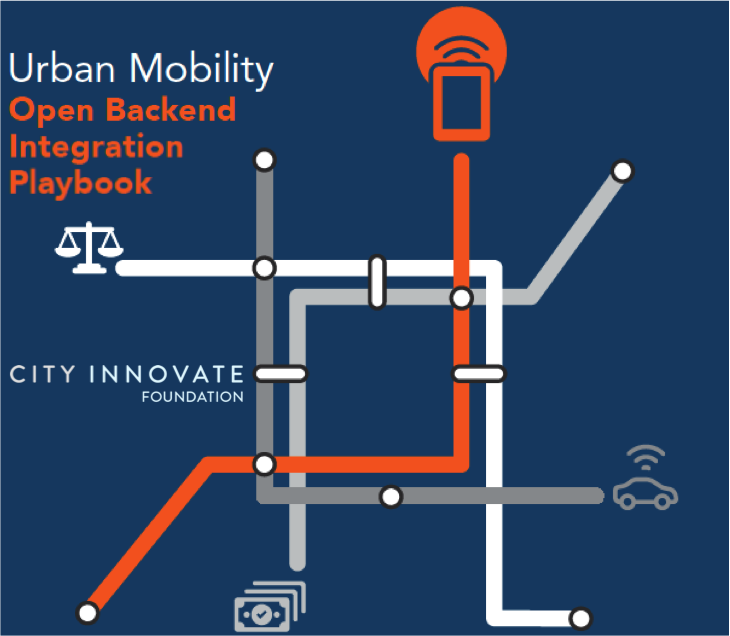Climate Change As A Business Opportunity
The most enormous business opportunity since the invention of the PC! In the face of the unprecedented challenges posed by climate change, a new frontier of business opportunities emerges, where sustainability and profitability intertwine to shape a better future for our planet and economy. Computers were the source of the 20th century’s wave of growth and prosperity. Climate change is the equivalent opportunity for the 21st century. Innovation and entrepreneurship are the keys to unlocking it. Tackling issues as significant as climate change can seem daunting. Still, our most fantastic opportunity lies in leveraging the knowledge and tools we already use every day, tools that are in our pockets right now! In our connected world – which we have spoken about extensively in past Digigram newsletters – our always-on lifestyles can and should intersect with sustainability in big and small ways. Climate change is not about lamenting and tree-hugging. It is about creating innovations and taking them to market thru entrepreneurship. Using today’s tools, we can effectively address climate change challenges. In November 2021, President …




